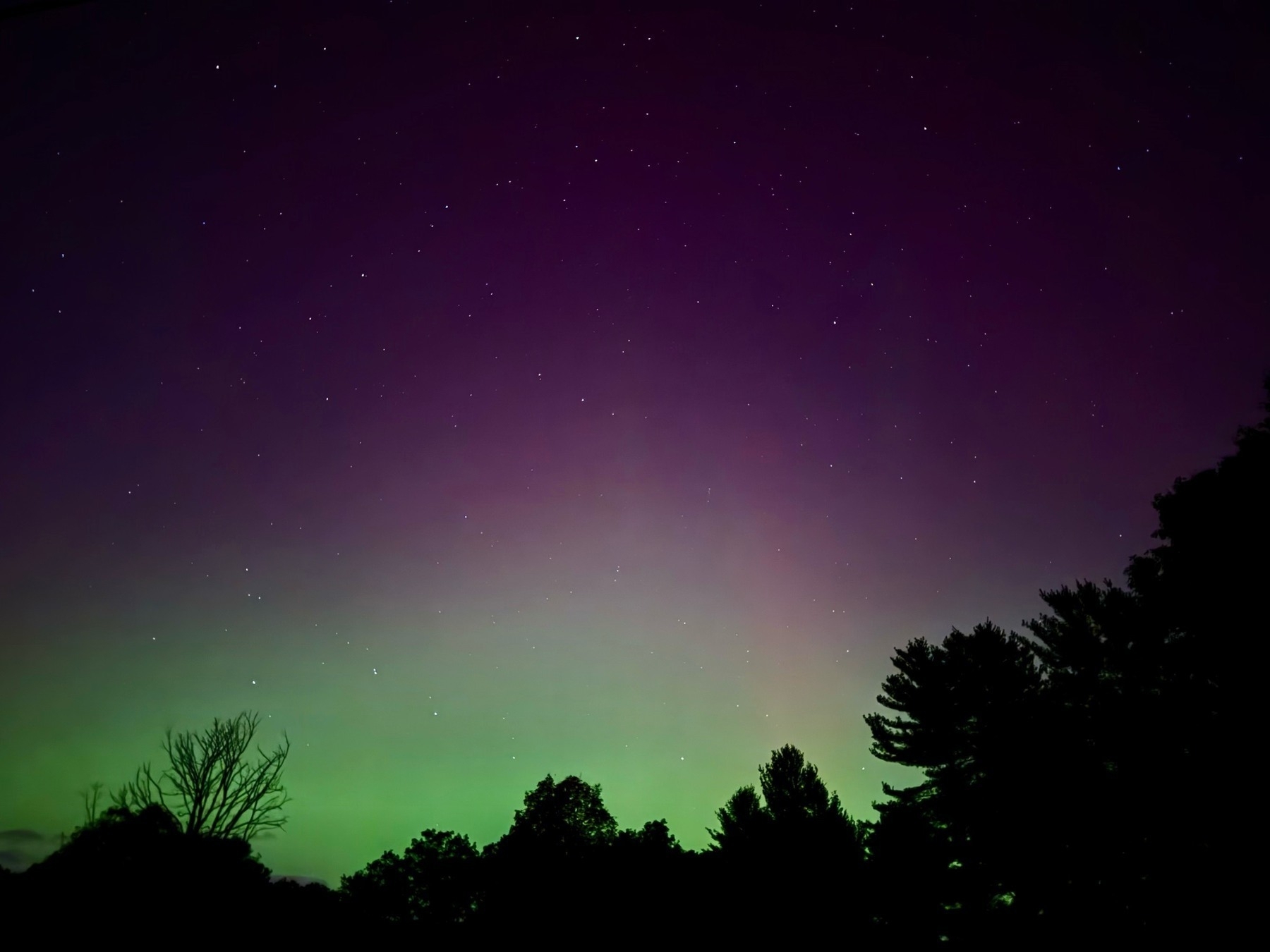-
Finished reading: Absolution by Jeff VanderMeer 📚
3 stars. 4 stars if Vandermeer had taken a different approach to the Lowry section.
-
Finished reading: Want by 📚 3 stars
-
Finished reading: A Study in Scarlet by Arthur Conan Doyle 📚 3 stars
-
A Better Poet than Swordsman
tegeus-Cromis, sometime soldier and sophisticate of Virconium, the Pastel City, who now dwelt quite alone in a tower by the sea and imagined himself a better poet than swordsman, stood at early morning on the sand dunes that lay between his tall home and the grey line of the surf.
Excerpt from “The Pastel City” by M. John Harrison 📚 💬

-
Finished reading: Breath by James Nestor 📚 4 stars
-
Advocate
He took the clay from the hand of the angel, and made Adam according to Our image and likeness, and He left him lying for forty days and forty nights without putting breath into him. And He heaved sighs over him daily, saying, ‘If I put breath into this [man], he must suffer many pains.’
And I said unto My Father, ‘Put breath into him; I will be an advocate for him.’
And My Father said unto Me, ‘If I put breath into him, My beloved Son, Thou wilt be obliged to go down into the world, and to suffer many pains for him before Thou shalt have redeemed him, and made him to come back to his primal state.’
And I said unto My Father, ‘Put breath into him; I will be his advocate, and I will go down into the world, and will fulfil Thy command.’
- from “Discourse on Abbatôn” by Timothy, Archbishop of Alexandria
📚 💬
-
Finished reading: Greek Lessons by Han Kang 📚 5 stars. Just won the Nobel Prize for literature.
-
Autumn scenes in Harvard, MA






-
Finished reading: Black Holes by Professor Brian Cox 📚three stars
-
World Line
World Line
Events are the atoms of experience.
- from Black Holes: The Key to Understanding the Universe by Brian Cox and Jeff Forshaw
📚 💬

-
Finished reading: The Art of Happiness by Dalai Lama XIV Bstan-ʼdzin-rgya-mtsho 📚
-
Finished reading: Gideon the Ninth by Tamsyn Muir 📚
-
Tonight’s aurora as seen from central MA





-
Gideon the Ninth
Gideon the Ninth
In the myriadic year of our lord — the ten thousandth year of the King Undying, the kindly Prince of Death! — Gideon Nav packed her sword, her shoes and her dirty magazines, and she escaped from the House of the Ninth.
- excerpt from Gideon the Ninth by Tamsin Muir
📚 💬

-
ForeverNotes
ForeverNotes
This is a fairly cool/clever framework for working with Apple Notes:
https://www.myforevernotes.com

-
Finished reading: Acceptance by Jeff VanderMeer 📚 3 stars
-
Finished reading: When Jesus Came to Harvard by Harvey Cox 📚
-
Finished reading: Anathem by Neal Stephenson 📚
-
The City and the City
We are all philosophers here where I am, and we debate among many other things the question of where it is that we live. On that issue I am a liberal. I live in the interstice yes, but I live in both the city and the city.
- excerpt from China Mieville. “The City and the City”
📚 💬

The City and the City TV show -
Dead Astronauts
Limitless, I came to a world where the moon lay so huge and ivory and cratered that it blotted out the sun above a mirror-twin to Earth. Except, there in that strange land everything was alive and nothing was dead, even the dead, and I could find no familiar scent to guide me through. Where the rocks spoke to me and so did the water and so did the sand and so did the plants.
There, ultimately, I found my purpose. There, I was transformed once more and truly became the blue fox. Out where all the smells run together and you cannot trust your senses.
What lived there had lost its name long ago. What lived there changed shape and form and spoke in different voices. Had been created as one thing, brought up as another. What lived there was serious and playful and lonely but not alone. It had known me before. It knew me now, read my mind, my intent, encouraged it.
It will take time. You will not survive to see the end of it. And one day, Time will bring you back here, in some form. To this place.
“How do you know this?”
But there was just laughter in reply.
In the end, if you change the enemy enough, if you wear them down, perhaps losing is good enough.
This much I know, among all the other things I know.
Excerpt From Dead Astronauts by Jeff VanderMeer
📚 💬

